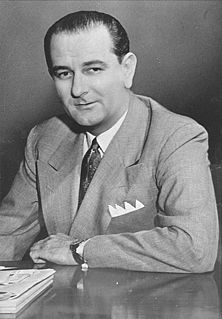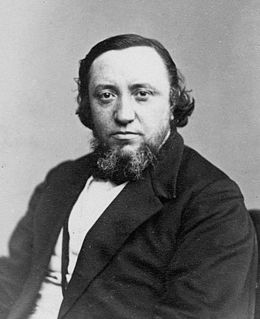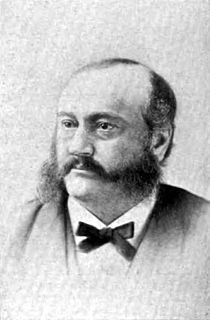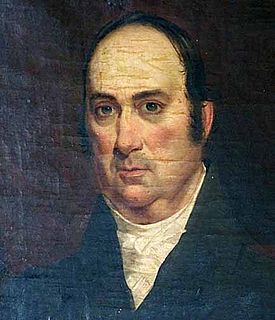| John Swinburne | |
|---|---|
 | |
| Mayor of Albany, New York | |
| In office 1883–1884 | |
| Preceded by | Michael Nicholas Nolan |
| Succeeded by | Anthony Bleecker Banks |
| Member of the U.S.HouseofRepresentatives from New York's 19th district | |
| In office 1885–1887 | |
| Preceded by | Abraham X. Parker |
| Succeeded by | Nicholas Thomas Kane |
| Personal details | |
| Born | May 30, 1820 Lewis County, New York, U.S. |
| Died | March 28, 1889 (aged 68) Albany, New York, U.S. |
| Resting place | Albany Rural Cemetery |
| Political party | Republican |
John Swinburne (May 30, 1820 – March 28, 1889) was an American physician and Republican congressman from New York who served as a medical officer from 1861 to 1864, during the Civil War and as a member of American Ambulance Corps at the Siege of Paris in 1870–71. In his last decade, 1880s, he was briefly mayor of Albany and represented New York's 19th congressional district for one term.

The United States of America (USA), commonly known as the United States or America, is a country composed of 50 states, a federal district, five major self-governing territories, and various possessions. At 3.8 million square miles, the United States is the world's third or fourth largest country by total area and is slightly smaller than the entire continent of Europe's 3.9 million square miles. With a population of over 327 million people, the U.S. is the third most populous country. The capital is Washington, D.C., and the largest city by population is New York City. Forty-eight states and the capital's federal district are contiguous in North America between Canada and Mexico. The State of Alaska is in the northwest corner of North America, bordered by Canada to the east and across the Bering Strait from Russia to the west. The State of Hawaii is an archipelago in the mid-Pacific Ocean. The U.S. territories are scattered about the Pacific Ocean and the Caribbean Sea, stretching across nine official time zones. The extremely diverse geography, climate, and wildlife of the United States make it one of the world's 17 megadiverse countries.

The United States House of Representatives is the lower chamber of the United States Congress, the Senate being the upper chamber. Together they compose the legislature of the United States.

New York is a state in the Northeastern United States. New York was one of the original thirteen colonies that formed the United States. With an estimated 19.54 million residents in 2018, it is the fourth most populous state. To distinguish the state from the city with the same name, it is sometimes called New York State.


























